Ah, the Holy Land. It’s a place where ancient history and spirituality collide, offering a profound experience to every traveler who steps foot on its sacred soil. From the cobblestone streets of Jerusalem to the sun-kissed shores of the Sea of Galilee, every corner of this storied region whispers tales of millennia-old traditions, wars, and miracles. Yet, for all its timeless allure, planning a trip to this revered destination requires more than a cursory glance at travel brochures. The climate, local customs, and seasonal events can dramatically influence your visit. In this guide, we will explore the best times to embark on Holy Land tours to Israel, delving into the unique charms and considerations of each season.
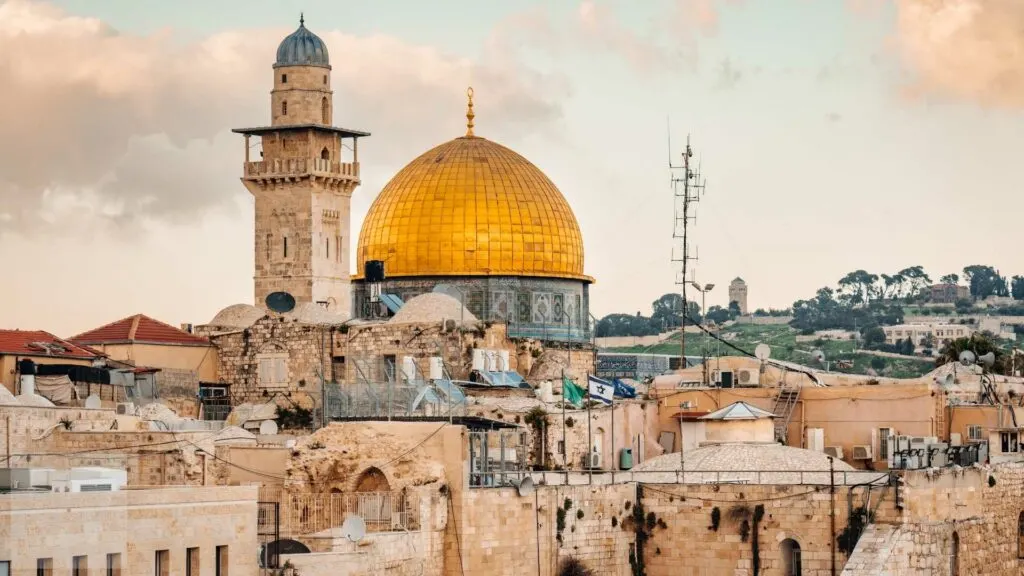
Spring (March to May)
Springtime in the Holy Land is a revelation. As winter retreats, the land awakens with a vibrant tapestry of wildflowers, from the delicate almond blossoms to the scarlet anemones. The weather during these months is nothing short of idyllic, with daytime temperatures averaging between 15°C and 25°C (59°F and 77°F). This pleasant climate makes it an excellent time for outdoor exploration without the searing heat of summer, making it one of the best times for Holy Land tours to Israel.
Events and Festivals: Spring is a season of significant religious and cultural festivities. Passover, celebrated by Jews worldwide, usually falls in April. This festival commemorates the Israelites’ liberation from Egyptian slavery and is marked by various traditions, including the Seder meal. For Christians, Easter, often occurring in April, marks the resurrection of Jesus Christ, making it a particularly poignant time for pilgrimages to Jerusalem. The Old City’s atmosphere during Holy Week is electrifying, with processions, prayers, and masses drawing thousands of faithful from around the globe.
Activities: This is prime time for sightseeing and nature walks. The cooler temperatures and lush landscapes invite visitors to explore Israel’s numerous national parks, such as the stunning Ein Gedi Nature Reserve or the biblical Mount Carmel. Historical sites like Masada and the ancient city of Acre are particularly enjoyable without the summer crowds.
Pros and Cons: The primary advantage of visiting in spring is the weather—comfortable and conducive to all kinds of activities. However, this season also coincides with peak travel times for religious holidays, which means higher accommodation costs and larger crowds at key sites. Yet, for many, the vibrant atmosphere and unique experiences far outweigh these drawbacks.
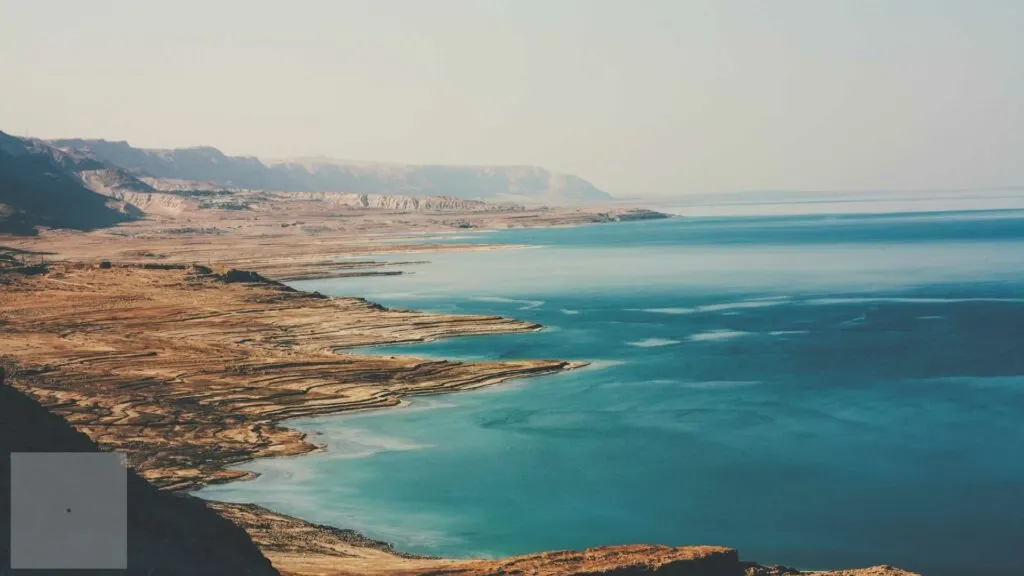
Summer (June to August)
Summer in the Holy Land is a mixed bag. It’s a season of extremes, offering both scorching heat and festive exuberance. Temperatures can soar above 30°C (86°F), particularly in inland areas like Jerusalem and the Dead Sea region. Coastal cities like Tel Aviv and Haifa benefit from Mediterranean breezes, making them slightly more bearable.
Events and Festivals: Summer is festival season. The Israel Festival in Jerusalem, held in June, showcases an eclectic mix of performances, from classical music to modern dance. Tel Aviv, known for its vibrant nightlife, hosts numerous outdoor concerts and events, including the popular White Night Festival, where the city’s streets, galleries, and museums stay open all night. Additionally, local markets, such as the Carmel Market in Tel Aviv, buzz with activity, offering fresh produce, spices, and a variety of street food.
Activities: Despite the heat, summer is perfect for beach visits and water sports. The Mediterranean coast beckons with its golden sands and crystal-clear waters. Whether you’re lounging on Tel Aviv’s bustling beaches or exploring the more secluded coves around Caesarea, the sea offers a refreshing escape. Evening strolls along the promenade, punctuated by stops at beachside cafes and bars, are a quintessential summer experience.
Pros and Cons: The main challenge of summer travel is the heat, which can be oppressive, especially for those unaccustomed to such temperatures. It’s crucial to stay hydrated and wear appropriate clothing. On the plus side, the festive atmosphere and long daylight hours provide ample opportunities for exploration and enjoyment. Moreover, some sites, particularly in the north, remain pleasantly cool and green, offering a respite from the heat.
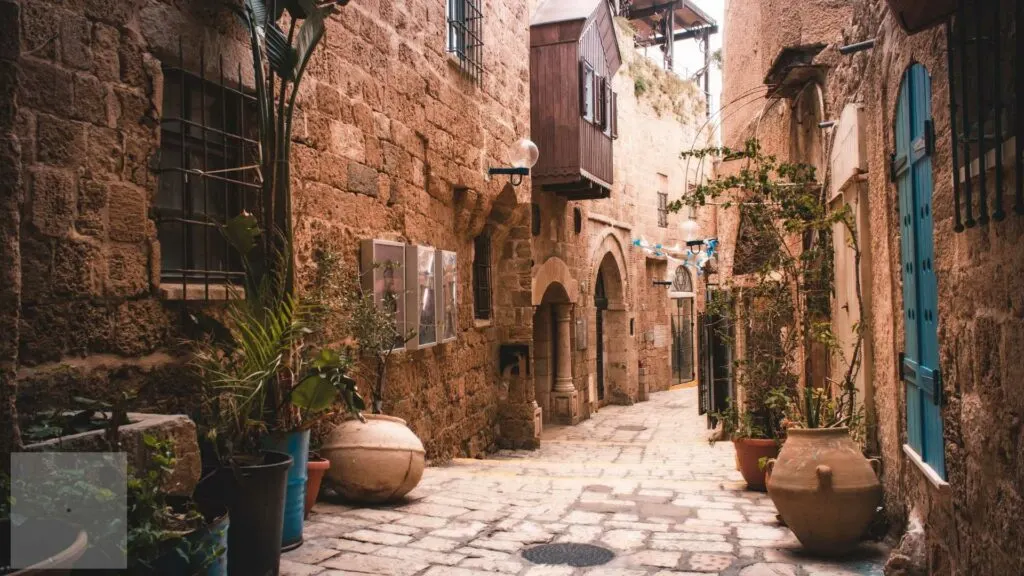
Autumn (September to November)
Autumn is arguably the best time to visit the Holy Land. As the intense summer heat dissipates, the region enjoys a period of mild, comfortable weather. Daytime temperatures range from 17°C to 27°C (63°F to 81°F), making it an ideal time for travel and one of the prime seasons for Holy Land tours to Israel.
Events and Festivals: The season kicks off with the Jewish High Holidays. Rosh Hashanah, the Jewish New Year, and Yom Kippur, the Day of Atonement, are deeply significant times marked by prayer, reflection, and fasting. Following these is Sukkot, the Feast of Tabernacles, a joyful festival where temporary structures (sukkahs) are built and decorated. The festive spirit extends to the Christian communities as well, with celebrations such as the Feast of Saint Michael and All Angels.
Activities: Autumn is perfect for wine tours and hiking. The vineyards in regions like the Golan Heights and Judean Hills are bustling with activity as the grape harvest begins. Many wineries offer tours and tastings, allowing visitors to sample some of Israel’s finest wines. Hiking trails, particularly in the north, are at their best. The Jesus Trail, a 65-kilometer route that follows the path Jesus may have walked from Nazareth to Capernaum, is especially popular during this season.
Pros and Cons: The advantages of traveling in autumn are manifold. The weather is pleasant, crowds are smaller than in spring, and accommodation prices are often lower. However, it’s worth noting that during the High Holidays, some businesses and public services may close, and accommodations in major cities like Jerusalem may be more challenging to secure.
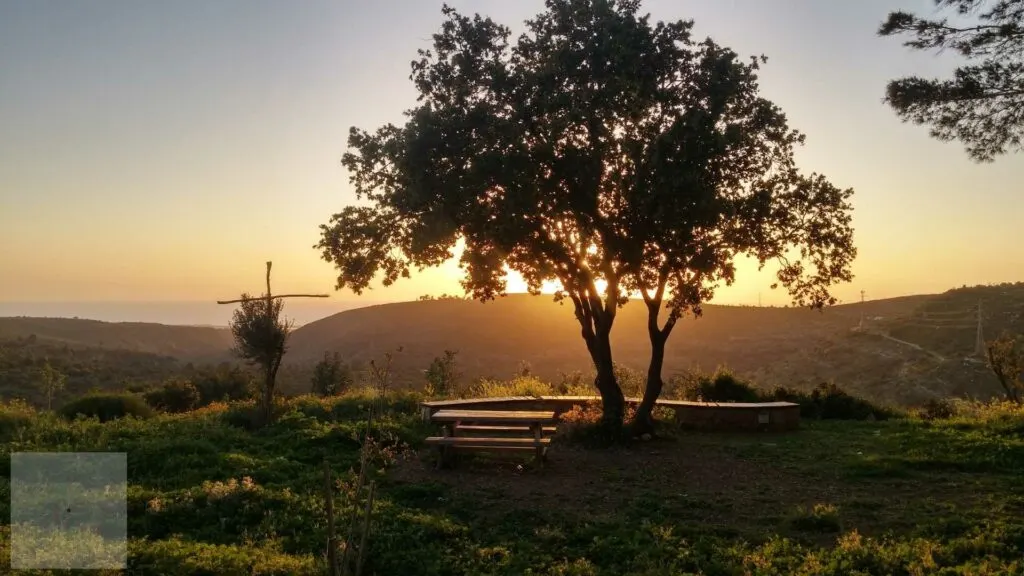
Winter (December to February)
Winter in the Holy Land is a season of contrasts. While coastal areas like Tel Aviv remain relatively mild, with temperatures ranging from 10°C to 18°C (50°F to 64°F), the inland regions can be much colder. Jerusalem, perched at a higher altitude, can even see occasional snowfall.
Events and Festivals: Winter is a time of significant religious observances. Hanukkah, the Festival of Lights, usually falls in December, bringing with it eight days of candle lighting, songs, and traditional foods like latkes and sufganiyot (jelly-filled doughnuts). Christmas is celebrated with particular fervor in Bethlehem, the birthplace of Jesus, where midnight mass at the Church of the Nativity is a highlight. New Year’s Eve sees celebrations across the country, particularly in cosmopolitan areas like Tel Aviv.
Activities: This season is ideal for pilgrimages and historical site tours. The cooler weather makes exploring ancient ruins and archaeological sites more comfortable. Jerusalem’s Old City, with its labyrinthine alleys and sacred sites, is less crowded, allowing for a more contemplative experience. Indoor activities, such as visiting museums and cultural centers, also take center stage.
Pros and Cons: Winter’s main advantage is the lack of crowds, making it easier to navigate popular sites. The lower tourist numbers also mean better deals on flights and accommodations. On the downside, the weather can be unpredictable, with rain and colder temperatures, particularly in the north and central highlands. It’s essential to pack accordingly and be prepared for varying conditions.
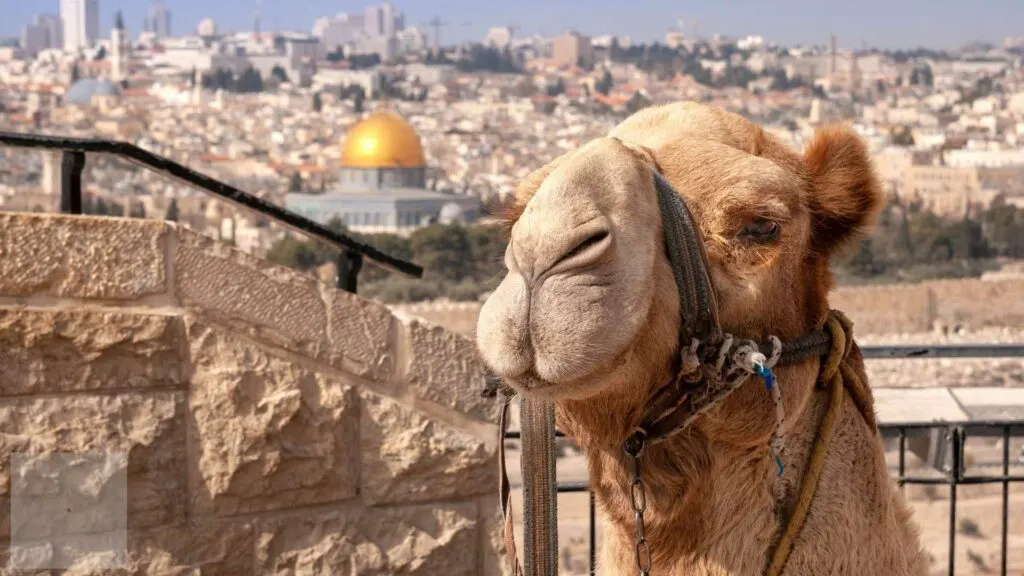
Best Times for Specific Activities
Choosing the best time for your Holy Land tour to Israel often depends on the activities you plan to engage in. For religious pilgrimages, spring and winter are ideal, coinciding with significant religious festivals. Historical and cultural exploration is best in spring and autumn when the weather is pleasant and crowds are manageable. If outdoor adventures like hiking and nature tours are on your agenda, spring and autumn again offer the best conditions. For beach activities and water sports, summer is the prime season despite the heat, thanks to the Mediterranean’s refreshing waters.
Travel Tips for Each Season
Packing Essentials: Each season requires different packing strategies. In spring and autumn, lightweight layers are ideal. Summer demands breathable fabrics, sun protection, and plenty of water. Winter travelers should pack warm clothing, especially if visiting higher altitudes.
Accommodation Tips: Booking in advance is crucial during peak travel times, particularly around major religious holidays and festivals. Coastal cities like Tel Aviv offer a range of options, from luxury hotels to budget-friendly hostels. Jerusalem’s accommodations can fill up quickly during significant religious events, so early planning is advised.
Local Customs and Etiquette: Respect for local customs is essential. Modesty in dress is appreciated, particularly when visiting religious sites. During religious festivals and holidays, be aware of local practices, such as the closures of businesses on Jewish holidays.
Health and Safety Considerations: Staying hydrated and protecting yourself from the sun is vital, especially in summer. In winter, be prepared for rain and colder temperatures. Regardless of the season, it’s wise to have travel insurance and stay informed about any travel advisories.
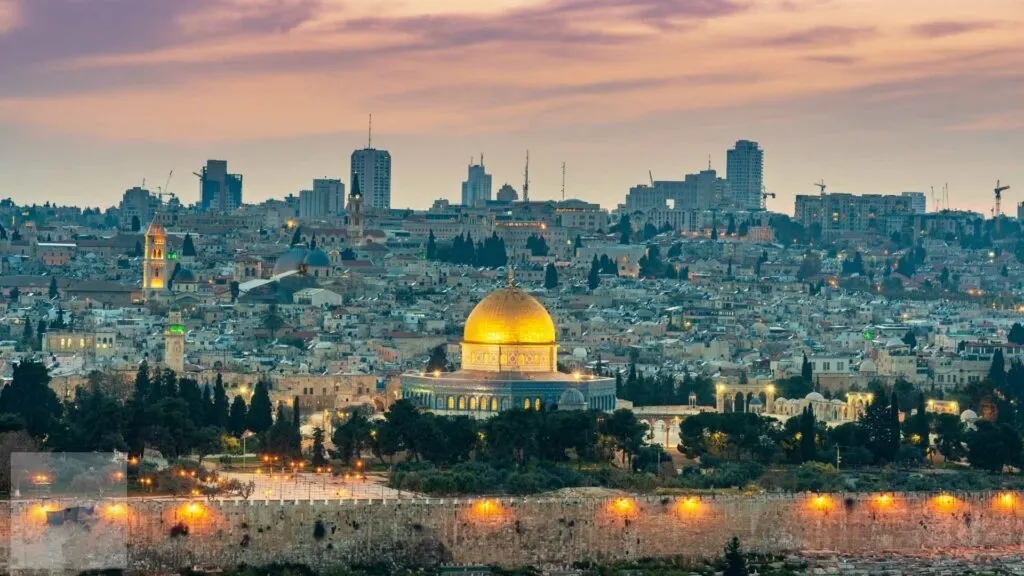
Best Time to Visit the Holy Land: Seasonal Travel Guide
The Holy Land is a destination like no other, rich in history, culture, and spiritual significance. Choosing the best time to visit depends on your interests and the experiences you seek. Spring offers a blooming, festive atmosphere, while summer provides vibrant, beachside fun. Autumn is perfect for those who prefer milder weather and cultural exploration, and winter allows for a more contemplative, less crowded journey.
Each season brings its unique charm and challenges, but with careful planning and an open heart, your Holy Land tour to Israel will undoubtedly be an unforgettable experience. Whether you’re walking the ancient paths of Jerusalem, basking in the Mediterranean sun, or joining in the joyous celebrations of local festivals, the Holy Land promises a journey of discovery, reflection, and inspiration. So pack your bags, embrace the adventure, and let the timeless beauty of this sacred land captivate your soul.

Jessi is the creative mind behind The Coffee Mom, a popular blog that combines parenting advice, travel tips, and a love for all things Disney. As a trusted Disney influencer and passionate storyteller, Jessi’s authentic insights and relatable content resonate with readers worldwide.
